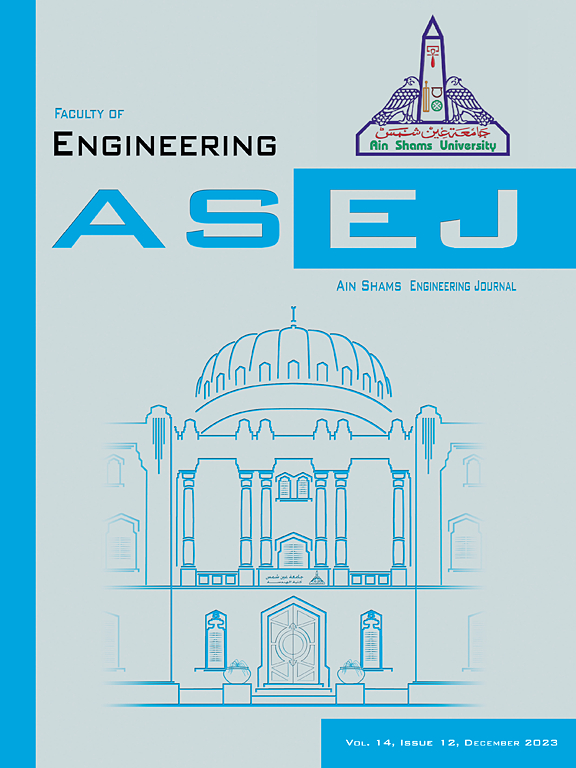Link adaptation and multi-objective resource optimization in intelligent wireless networks using power-domain non-orthogonal multiple access
IF 6
2区 工程技术
Q1 ENGINEERING, MULTIDISCIPLINARY
引用次数: 0
Abstract
In intelligent wireless networks, achieving reliable communication between vehicles and infrastructure is critical for enhancing user experiences and addressing the demands of next-generation networks. However, maintaining robust connectivity is challenging due to urban environments and network variability in vehicle-to-infrastructure (V2I) and vehicle-to-vehicle (V2V) communication systems. This paper proposes a novel framework for link adaptation and multi-objective resource optimization, leveraging power-domain non-orthogonal multiple access (NOMA) and blind reconfigurable intelligent surfaces (IRS). The proposed method incorporates a multi-agent Deep Reinforcement Learning (DRL) model, where each agent dynamically allocates resources by optimizing power control and scheduling based on real-time network data and traffic patterns. Our approach uses IRS to enhance signal quality and extend coverage even in complex and highly dynamic environments, while the multi-agent DRL framework with graph attention mechanisms enables decentralized and scalable resource management. The agents learn from the environment, adjusting resource allocation across multiple objectives, such as maximizing throughput, improving energy efficiency, and ensuring reliable connectivity. By optimizing power allocation and link adaptation, the framework addresses the challenges of channel variability and improves network performance without requiring precise channel state information (CSI). Simulation results show that the proposed approach achieved significant improvements in both energy efficiency and throughput compared to conventional methods such as NFVMCH and HetVNet. Additionally, the throughput of TRONICS scales effectively, reaching nearly 55 Mbps/Hz with 60 users per cluster, while competing methods only manage up to 26 Mbps/Hz, underscoring its advanced resource optimization capabilities.
求助全文
约1分钟内获得全文
求助全文
来源期刊

Ain Shams Engineering Journal
Engineering-General Engineering
CiteScore
10.80
自引率
13.30%
发文量
441
审稿时长
49 weeks
期刊介绍:
in Shams Engineering Journal is an international journal devoted to publication of peer reviewed original high-quality research papers and review papers in both traditional topics and those of emerging science and technology. Areas of both theoretical and fundamental interest as well as those concerning industrial applications, emerging instrumental techniques and those which have some practical application to an aspect of human endeavor, such as the preservation of the environment, health, waste disposal are welcome. The overall focus is on original and rigorous scientific research results which have generic significance.
Ain Shams Engineering Journal focuses upon aspects of mechanical engineering, electrical engineering, civil engineering, chemical engineering, petroleum engineering, environmental engineering, architectural and urban planning engineering. Papers in which knowledge from other disciplines is integrated with engineering are especially welcome like nanotechnology, material sciences, and computational methods as well as applied basic sciences: engineering mathematics, physics and chemistry.
 求助内容:
求助内容: 应助结果提醒方式:
应助结果提醒方式:


